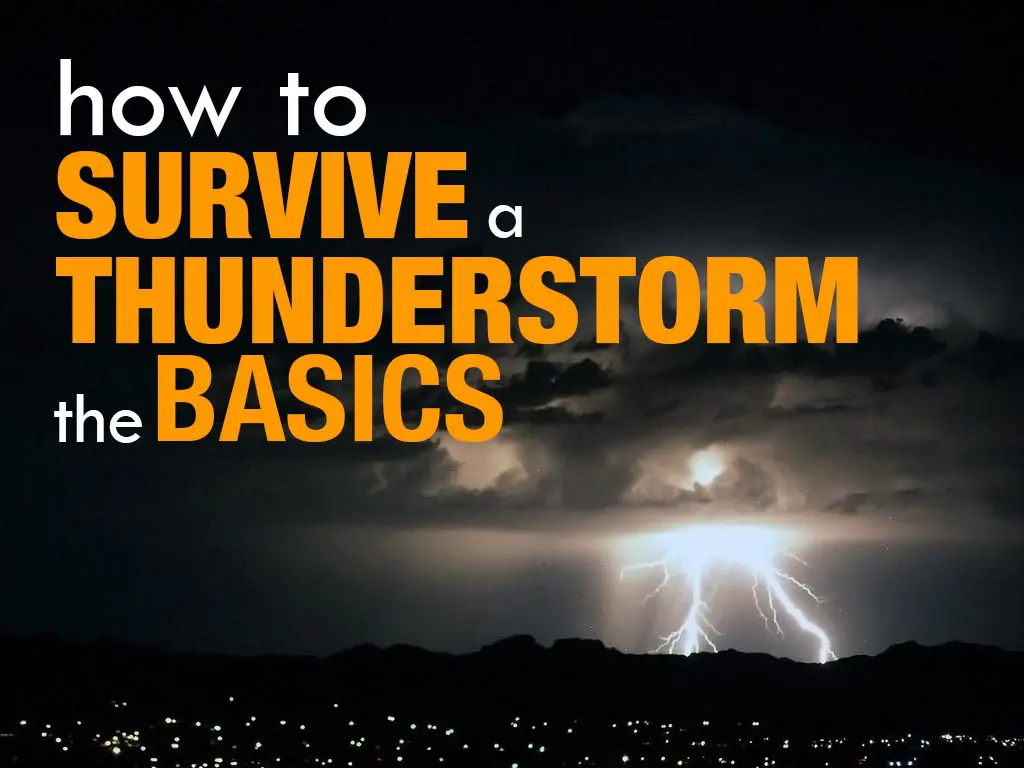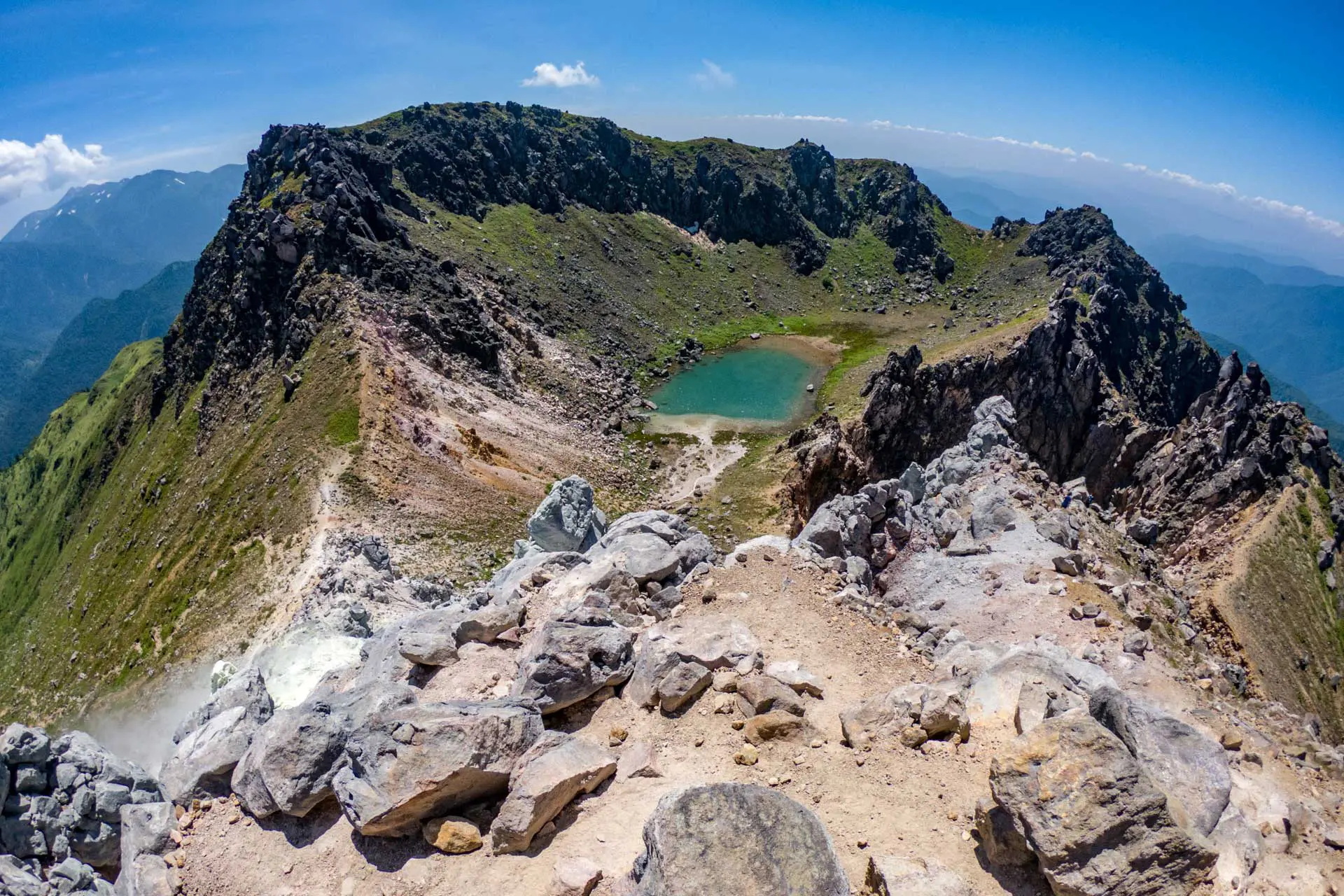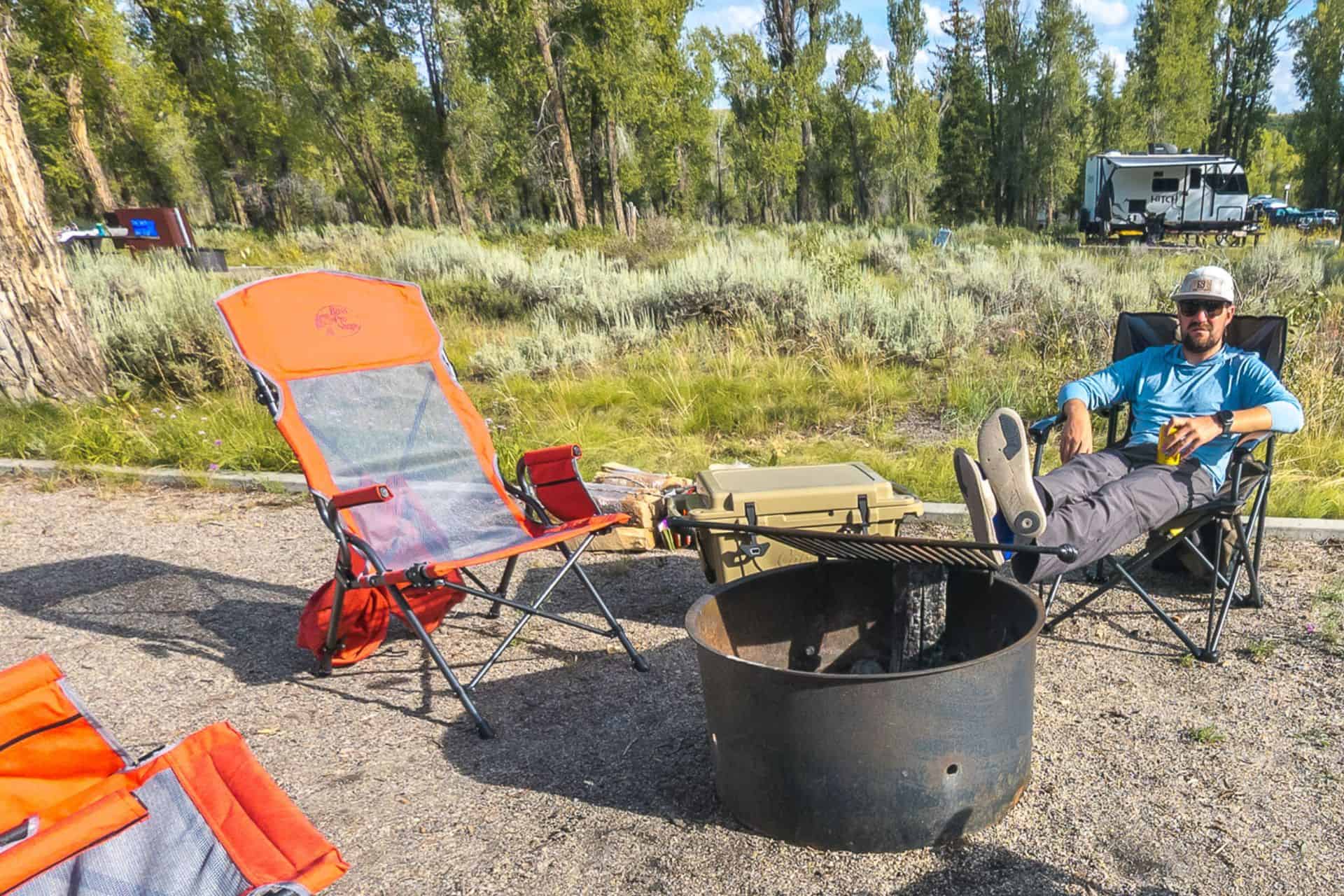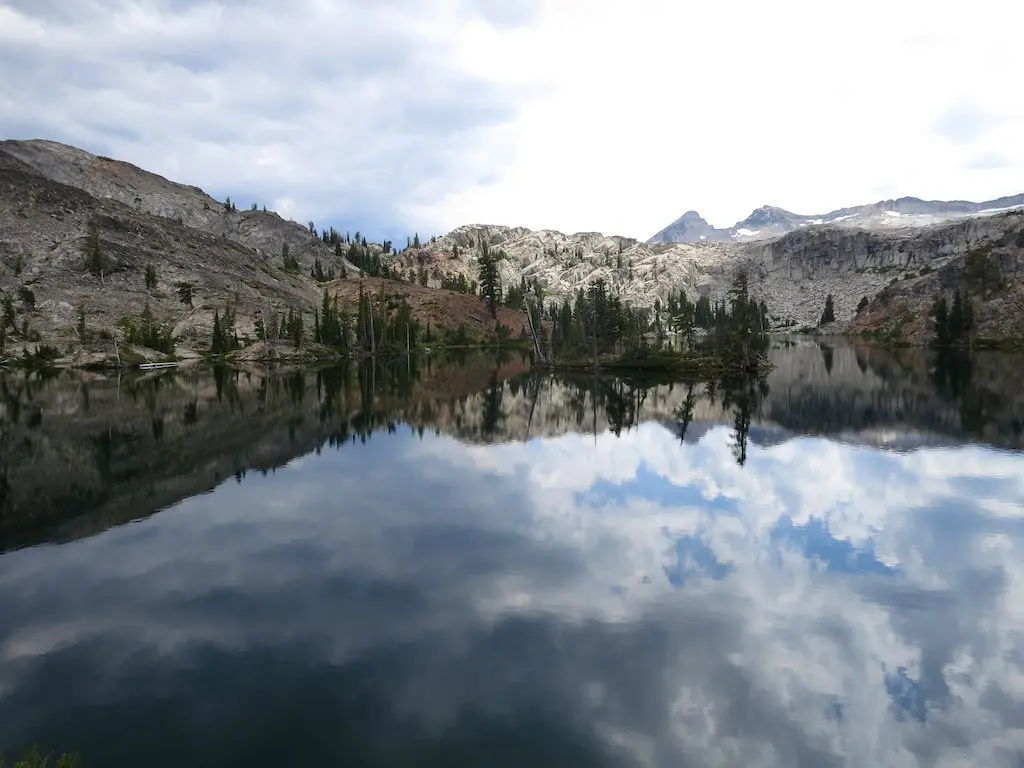How To Survive A Thunderstorm: The Basics (Part 1 of 4)
Forget about bears and the boogieman, the only real thing to fear in the wild is nature’s fury.
Said fury can manifest itself in many ways: volcanic eruptions, flash floods, landslides, avalanches, earthquakes, wildfires, tornadoes, hurricanes, tsunamis, limnic eruptions, blizzards, and the topic of today’s discussion: thunderstorms (but more specifically, lightning).
I am legitimately afraid of lightning in the backcountry and have found information on what to do when caught in a thunderstorm difficult to come by (probably lightning kills everyone who dares to ask too many questions). Most of what I find focuses on avoiding being caught in a storm in the first place, or getting out of the storm once it begins.
Things are not always this simple on-trail (if you don’t believe me, watch the video below).
How to survive a thunderstorm (or how to minimize the risk of becoming dead by lightning) is something that everyone spending time in the backcountry need know about.
What’s that? You spend time in the backcountry and you don’t yet possess this knowledge? Fear not – I’m here to educate.
This article on thunderstorm encounters in the backcountry ended up turning into a much lengthier discussion than originally intended and so I decided to break up my “How To Not Become Dead By Lightning” guide into four parts: the basics, prediction, the myths, and what to do(/not do).
The following provides basic (and sometimes shocking HAHAHAHAHA) facts about thunderstorms and lightning. Because if you’re going to do battle with a mysterious force in the wilderness, you had might as well know what it is you’re going up against (spoiler alert: it’s going to kill you).

Thunderstorm Basics
To survive the thunderstorm, we must first understand the thunderstorm.
It’s not the dark clouds, heavy rains, strong winds, or deafening thunder that we are afraid of (even through flooding and strong winds can also kill). No, what we really have to fear is lightning.
So what is lightning?
According to the National Oceanic and Atmospheric Administration (NOAA),
Lightning is a rapid discharge of electrical energy in the atmosphere.
Hmmm…sounds sciencey.
Now that we all have an exact and unambiguous understanding of the phenomenon that is lightning, let’s take a look at some interesting (but mostly terrifying) facts about the stuff (because you really want to be next week’s trivia night champion).
- Lightning can be as hot as 53,540 °F / 29727 °C (that’s five times hotter than the sun – holy balls).
- A lightning strike usually lasts between 1 and 2 microseconds (aka incomprehensible. Still want an example? This means (assuming 2 microseconds), that in one second, 500,000 successive bolts of lightning can strike one after another. Holy shit is right.)
- Lightning strikes the ground in the United States about 25 million times a year.
- Fulminology is the study of lightning (who doesn’t want a business card with “Fulminologist” on it?)
- The average lightning bolt contains 20,000 amps (where do we get these statistics?). That could power an incandescent light for three months.

- Lightning can contain up to one billion volts of electricity (do I need to buy a power converter to make my laptop work with that?)
- About 25% of lightning is cloud to ground.
- Thunder is caused by the rapid expansion of heated air due to lightning (not clouds getting angry and smashing against each other).
- In the mountains, thunderstorms typically develop in the early afternoon (so wake up and get moving early!)
- Lightning does not only occur during thunderstorms; it’s been seen during volcanic eruptions (that’s horrifying), intense forest fires, heavy snowstorms, large hurricanes, and surface nuclear detonations (okay wait, this is more horrifying).
But I know about lightning already! Tell me about the getting struck by lightning part.
Okay, I hear you.
Here are some fact about lightning strikes involving us humans.
- Most lightning victims are in open areas or near trees (and most are men).
- From 2006 to 2013, lightning killed 261 people in the United States (NOAA)
- Statistically, you are more likely to be killed by tornadoes, floods, heat, or cold than lightning (but when sitting outside in the middle of a thunderstorm, I don’t think these statistics are relevant).
- Every year, about 2,000 people worldwide are killed by lightning (hippos kill nearly 3,000 annually).
- You do not have to be struck directly to be injured by lightning (although direct hits are usually fatal); most people are struck by currents moving through or along the ground (which is why you should not lay down outside during a storm).
- As many as 90% of lightning strike victims survive the ordeal (a majority of these people sustain life-long injuries or complications).
- If you see lightning and thunder occurs within thirty seconds, it means you are within 6 mi / 9.7 km (or less) of the storm – aka you’re in the danger zone (commence “I don’t want to be killed by lightning” procedures immediately).
Did you learn something? I hope so. If you didn’t then chances are you have an awesome business card.
Up next I will be talking about predicting thunderstorms and how to best avoid putting yourself in harm’s way in the first place (because remember, there’s no safe place outdoors during a thunderstorm).
How To Survive A Thunderstorm: Prediction (Part 2 of 4)







This is a great article and by far the best I’ve found. The issue is all the information I can find tells you not to be out in a thunderstorm. Where as that is perfectly true it’s not that helpful to hikers.
for example on the video you say I hope under this tree is a good place and then you flash up the NOAA advice not to shelter under trees. But if you are outside what is the BEST place to shelter, albeit not fully safe. Watching your video it seemed to me you’d picked a good spot i.e better than in the meadow and not on a ridge.
ok you’d be better in a house but you are on the pct and you don’t have that choice.
I don’t have te expertise to do it but I’d like to see some typical trail pictures with the less bad places circled. My guess is that for where you were in general you picked a good spot.
id be really interested in your view.
As far as I know, what you said aligns well with what I think. That said, I would hesitate to actually mark out places as “safe” or even “safer” since I am not an expert in this field.
Mac, I have an dehabilitating fear of lightning as well. Reading Parts 1 & 2 made me hide in a hovel of blankets. I used to be afraid of bears and serial killers but either your blog or someone else’s PCT statistics helped with that. I’ve been planning my thru hike for next spring, but then you brought up lightning.
The last time I was in a lightning storm, I was camping, then counting, then running, while praying (and I’m non-religious), to my car.
So, do you know how many confirmed lighting vs. hiker deaths/ incidents there have been, or is that in part 3 & 4?
I don’t know the numbers for lightning and hiker deaths around the country/world, but the number of lightning deaths on the PCT is zero.
Well, that’s good.
I was in a lightning storm two weeks ago camped on a ridge.It hit at 3 am. I didn’t want to move and I enjoyed the show even though there was chance I was going to die..
Just makes the show that much more exciting.
I never even considered the danger of lightening till I read this post.
Whhhhyyyy.
If you’re scared now, just wait until parts two, three, and four. Spoiler alert: it gets worse.